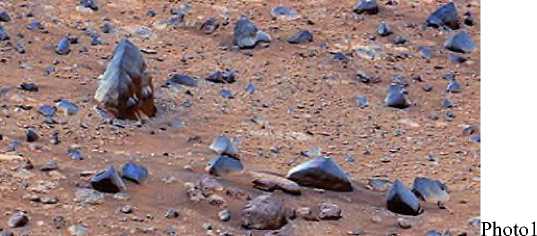
Copyright © by Anatoli Bedritsky, 1984-2024 https://www.shila.org.il
Email: [email protected]
In article the explanation of special characteristics of matter and the physical phenomena on the Moon and on Mars is offered.
If to consider, that the mass of Mars is 11% of the mass of the Earth, and the acceleration of free falling, depending on the force of gravitation, is 0,378 of the gravitation of the Earth, then the structure of Mars appreciably differs from the structure of the Earth. The more the mass of supermats (large polymats as bodies) in gravibody, the greater force of the gravitational field of the dravibody, and in a greater measure the supermats under action of the gravitational field are in the central or average part of the gravibody in its magma. Supermats are polymats of superboundary mass. These superpolymats are formed in stars, where is a high concentration of mats of ether, coming into a star from space as a result of gravitation. Supermats of pulsars and black holes can exit out through poles in the form of streams, and also at explosion of stars.
Because of the lowered force of the gravitational field of Mars, the supermats in Mars are not only in the central part of the gravibody, but also in all plasma of the gravibody, and also in the ground and even on its surface. The supermats of the Moon are mainly in its plasma. But on the Earth, because of the big force of the gravitational field, the supermats are basically in the central and average part of plasma.
Each supermats and midimat have its gravifield, and by these gravifields the supermats and the midimats attract to each other and attract to themselves other matter.
Mars has a very rarefied atmosphere, at which the pressure upon surfaces 1/110 from terrestrial. The largest velocity of polymatic wind on the surface of Mars is equal to the circular equatorial velocity of rotation of Mars, which is 868,22 km/hour or 2410m/s. Such big velocity of the polymatic wind can kick up dust from the surface, due to that can be formed a dust wind, the velocity of which up to several tens in km/s. And, considering, that on Mars also there is a circulation of the atmosphere, because of its different warming up in different places, the atmospheric winds carry away a dust, the particles of which increase velocity, due to that the dust
winds becomes the dust storms. Dust storms can shroud a surface in the area more than 300 km and even all surface of Mars.
On Mars a rarefied atmosphere, because of what there a blue sky is not formed. But there
directly over the surface of Mars is the iridescent sky, which is formed by photons, which are
emitted by atoms of the blanket of Mars. (See photo 20). Over the adjacent iridescent sky, there
the space darkness, as around Mars there is no atmosphere. Photo 20
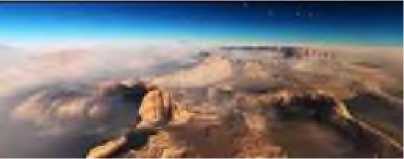
4. Gravistones on Mars
Soil on Mars, as on Earth, consists of atomic-molecular matter. But on Mars stones are unusual, they have extremely high hardness. The Martian stones most possibly consist of atomic-molecular matter with an impregnation of midimats (small polymats as nucleuses of atoms). Martian stones can attract each other, if they have sufficient concentration of midimats and are located enough close each to other. Martian stones can attract also to themselves small particles of atomic-molecular matter in the form of a dust. These stones in the bottom part are covered by a dust, and in the top part they pure, having blue colour. Therefore, these stones on Mars can be named gravistones. Therefore, such stones are possible to call gravistones. Gravistones do not give in to drilling by simple rotation, their drilling requires the rotation of a drill combined with blow, that was shown by experience of Opportunity on Mars.
On a photo 1,2,3 the stones, laying on a ground, are having unusual color and the form, because they not simple stones, but gravistones. These stones have a bright blue color and have an edge above them. Blue stones have a cover, enveloping the stone in the top part over soil. The cover is forming after dust storms, as a result of sedimentation on stones of dust midimats, which are condensed to the gravistone with the attraction. The midimatic cover of gravistone is not blue color, but black color, that can see on the example of stones on the photo 2. One of stones has a vertical side of black color, as sedimentation of midimats happened in the top part of a stone earlier. The second stone has a break of a cover with black color, because midimats represent black matter. Thus, the cover of gravstones represent itself granular black matter, which can be divided into separate midimats.
As blue gravistone has a polymatic cover, forming a gravifield, then the atmosphere atoms at approach to gravistone have graviacceleration and disintegrate to separate elementary particles (protons and electrons), which even more increase the velocity of motion. The electrons collide with the surface of gravistone and emit blue photons, therefore stones have a blue color.
Stones in photo 9 have dark color because they consist of larger midimats than blue stones, i.e. represent black matter from which there is no radiation.
5. Gravidunes on Mars. Motion of Gravidunes
On photo of 4,5,6,7 surfaces of Mars dunes are visible. Attempt of Curiosity to move through a dune, has ended with failure - the dune was acting as resistance. The Opportunity could not drill a dune in crater Endurans. Because the Martian dunes have high hardness and have big dimensions, then they inside have supermats, midimats, which attract each other. The superficial layer of the dune consists of midimats as sand, which are attracted to the basis of the dune. The sandy surface of a dune can be deformed by pressing. As the supermats have property of an attraction, then the Martian dunes can be named gravidunes. In those places on Mars, where it is not enough sand, all sand is attracted to dunes, and between dunes there a ground. (Photo 4,5). On photo 8 the traces left Opportunity on the sand by gravidunes, are visible.
Repeated photographing in the same place by means of chamber HiRISE has shown, that dunes on Mars move, and they move, instead of moving separate particles of sand. If to consider, that the atmosphere on Mars rarefied (pressure upon surfaces 160 times less terrestrial), the winds on the Mars weak, and they cannot move a dune.
Supermats, being in plasma under superficial layer of ground of Mars, have a natural-chaotic motion of each concerning too other. But these supermats have a circular orbital motion in plasma.
Motion of gravidunes occurs because, that the supermats, being in plasma under a soil layer of Mars, attract the gravidunes, being on surface of Mars. As the supermats of the gravidunes on the surface have smaller mass than the supermats, which in plasma, then the gravidunes move depending on the direction of motion of the underground supermats. Thus, on these dunes are acting the attraction not from one underground supermat but are acting the attraction from a congestion of underground supermats. The congestion of underground supermat moves in the magma basically in the direction of rotation of Mars from the East on the West, i.e., in a direction of rotation of Mars. Thus, the angular speed of motion of supermats is less than angular speed of the surface of Mars. Therefore, the motion of gravidunes not from the East on the West, but on the contrary from the West on the East in relation to a soil surface of Mars. The velocity of moving of the gravidunes is about 1 meter a year. The Gravidunes can crawl one over another, because due to different mass the supermats have different force of attraction to the underground supermats, and therefore they can have different velocity of moving. Except for it the underground supermats can have also motion each concerning other.
Gravidunes, being on a surface, where has passed a dune, are porous. (Photo 9). The porous has occurred because, that the supermats dunes have a strong gravity field, which are pushing the midimats from the gravidunes, therefore in these stones remain only the nuclear matter and empty places.
Dunes on Mars in different places have different colors. So, in photo 4 dunes blue, on a photo 5 red-brown, and on photo 6 partially blue, and partially light brown. Dunes which are covered with sand, have high concentration of midimats, have blue color, and containing smaller concentration of midimats, have brown color. Depending on it the color of dunes can be and multicolored, as on a photo 6 and photo 7. The more concentration of midimats in sand, the more strength of gravifield on surface. The gravifield increases the velocity of the electrons of disintegrated atoms from atmosphere. On the photo 8 the dunes have light brown color, because on these dunes sand has small concentration of midimats.
6. The Moon Quakes
On the Moon there are physical phenomena, which on the Earth are not present. So, with sunrise on the Moon her surface is shaken, and it continues in the afternoon, and stops at night. The seismic gauges have shown that the strongest pushes occur on depths 20-30 km. Concussion of the superficial layer of the Moon can occur at moving of supermats in magma, if they collide with the soil layer of the Moon. It is possible, because in the Moon the supermats are in plasma close to the surface (20-30 km) under a soil layer, but not only in the central part of the Moon. It, what the concussion of the surface of the Moon begins in the morning, speaks, that the motion of peripheral underground supermats occur depending on the attraction (gravitation) to the Sun. In the morning the underground supermats leave the shadow side of the Moon and get under a greater attraction to the Sun, due to that they are displaced and can have collisions with a soil layer, what represents the moon quakes.
On the Moon there are many craters. Large craters achieve in a diameter 250 kilometers. Their depth in comparison with a diameter is small. Many big craters on the Moon are formed at collision with space supermats (UFO), which at flying from space in the direction to the Moon is pushing the ground and come into plasma. (Photo 10). Around such craters a small emission of ground on the surface of the planet, or at all is not present, because the supermat at motion condenses the ground on the sides, therefore the slopes of such craters are dense. Gradually the ground settles, and the crater becomes less deep.
But, if supermat move not perpendicularly to the surface of the Moon, but with a big angle to the surface, such supermats do not pass inside of the Moon, because the elementary particles flying towards supermat with velocity close to limit, because of an attraction to them, pushed away the supermat, and supermat departs back to space. It occurs due to that, what the supermats have a big force of attraction (gravitation), and at approach to the Moon, the supermat attract to itself the sand from her surface. The sand in the gravifield accelerate the motion so, that the parts of the sand disintegrate up to separate atoms and elementary particles, which else more accelerate the motion up to velocity limit. But, on an underside of the Moon, where the gravitation to the Moon is in direction of gravitation to the Earth, the supermats, moving under angle, not always depart back to space, and can remain at some height, moving above of the surface of Moon.
On the Moon there are also big craters, which are formed not at collision of space supermats with the Moon, but at exit of underground supermats out. At natural-chaotic motion of supermats in plasma, they can get a direction of motion to the surface of the Moon and make their way through the layer of soil to space.
The supermats, being in the plasma of Moon, have a spherical form, because in plasma they move and at collision among themselves, at them break off the ledges, due to that they become spherical form. The spherical supermats, leaving the Moon, does not push out the ground above, but pushes away it on the sides, condensing walls of the crater. Some part of the ground is attracted to the supermat. But after exiting the supermat and increasing its velocity, the ground falls downwards, filling a part of the crater. If the supermat is leaving not perpendicularly to the surface, the ground no gets back in the crater, but falls besides, therefore on the surface there is a ground in the form of a hill. (Photo 11).
Craters have the form of a circle, because the supermats and the midimats, being in the plasma, have the spherical form. Most space supermats also have a spherical form, because the majority of them have appeared in space after exit from gravibodies.
On photo 12 shown a big crater, which has an abrupt slope a lateral surface, on which there are no small meteoric craters, but it is at the bottom and above around on the lateral surface. This crater is more like a subsidence of ground on a circle, because in the central part of the circle the landscape of the ground has not changed. It could occur if the supermat from under a soil layer has risen, but has not left on the surface, and was drawn back by underground supermats. As the ground at a raising was condensed, then he occupied smaller volume and at moving back, has lowered below a surrounding surface, forming thus crater. Because of such raising and lowering of the ground, there are remained the small meteoric craters, same as on the surface around of the crater. But the ground near the circle of the crater was a little crumpled at its subsidence.
The craters, formed at exit of underground supermats, prevail on the forward side of the Moon on its motion round of the Earth. It is possible to explain by that what the concentration of underground supermats is more, because of their greater attraction to the Earth.
On the Earth, unlike the Moon, seldom there are the craters, formed at motion of supermats from within of the Earth to outside, as the Earth has thicker and strong a layer of soil above plasma, through which cannot be motion of the supermats. In addition to it, under the superficial ground of the Earth there are firm tectonic plates. The supermats, left the Earth, were on Yamal and in Karelia. The supermats, which entered the Earth, were the supermats "Chebarcul" and "Kola".
On the Moon there are many small craters, which are formed by the falling of meteorites. The small meteoric craters are not only on an equal surface, but also on slopes of craters and hills. A big quantity of craters is on the poles and on a back side of the Moon, as on the side of the Moon turned to the Earth, the part of meteorites is covered with the Earth. On the Moon there are also big meteoric craters. They differ from supermatic craters by the large quantity of ground around the small meteoric craters. (Photo 13).
In the gravistones of Moon the midimats are the centers of gravity of different atoms, from which are formed different molecules, and it determines the structure of these stones. The relative content of midimats in moonstones is less than in Martian stones, therefore the force of gravitation of moonstones is much less than Martian stones, and the moonstones have no blue color and do not move from action of underground supermats as Martian stones.
Big stones, like rocks, on the Moon in the basis consists of midimats and supermats, covered by basalt (atomic-molecular matter). Because of presence of big polymats in big stones, on them is acting gravitation from the underground supermats. Therefore, properties of big stones on the Moon are like properties of dunes on Mars, i. e. can move under influence of gravifield of supermats, being in plasma under a soil layer of a planet. The moving big stones can be named superstones or gravirocks.
Astronauts on the Moon saw chains of traces, at the end of which, there were big stones, like rocks. Except for it, the orbital devices of a series Lunar Orbiter have made set of photos on the Moon before arrival on the Moon of astronauts. On these photos can see long traces of faltering motion of superstones and the superstones. And these superstones are moved both downwards, and uphill.
The faltering traces of superstones on surface speak, that these superstones not spherical form, and in the central part they consist of big midimats or even superrmat. Therefore, at action of gravitation, which is forming by moving of underground supermats, these superstones are moving
above the surface not flatwise, leaving a continuous trace, but are rolled touching to the ground serially by a plane and an edge (corner of two planes). Thus, the sharp edge leaves deeper traces, therefore these traces look faltering.
So, if on a leaf of plywood or glass to put a small magnet, covered by a layer of not magnetic material, and if below on the plane of the leaf to move a big magnet, then the small magnet will move as the big magnet, attracting to him, rocking and even overturning, and at acceleration of motion will jump up, yet will not lose the attraction to the big magnet.
In the photos executed Lunar Reconnaissance Orbiter visible traces of superstones, which moved on the surface of Moon. According to photos, the superstones have dimensions of 10-20 meters and are like a rock. On a photo 15 visible two traces. On the right in direction to below is the trace of rock Treys, which was moved more than 2 kilometers, and a trace of the second rock at the left more than 3 kilometers. The rocks move to one side (on a photo downwards), but under a small corner concerning each other. It means that they moved under the influence of different underground supermats at various times.
Rock Treys, which dimensions about 14 meters, is photographed close. (Photo 14). The rock Treys was moving on a hilly surface, going down and rising, but mainly upwards. The deepening of a trace and intervals is identical in size. The top layer of the ground on the Moon is sand and dust, and under this regolith denser layer of a ground. Deepening of the trace about 0,5 meters, and the depth and more than 0,5 meters in diameter.
On the place of the stop of rock Treys she collides against other stone, most part of which is under the ground, and thus superstone Treys has been torn off from the force of attraction to the underground supermats and he has stopped. Probably also, that the superstone moved in a direction, where thickness of the ground increased, and there an attraction to the underground supermats has decreased. But, more probable, that the discontinuance of motion of superstones occurs in cases, when the underground supermats sharply change the direction of motion and of velocity or move to below.
On photo 16 a superstone is moving on a hilly surface, and then above is crossing a hill, which around of a crater.
On photo 17 a faltering zigzag trace from motion of a superstone, which apparently moved with a moving on the sides. And other superstone which below, is moving, being rolling forward.
On photo 18 two superstones moved in an opposite counter direction due to attraction to different underground supermats.
On photo 19 traces of motion of many superstones approximately in one direction (on the photo from below upwards), that most likely could occur during one time from force of an attraction of one group of underground supermats. On the way to the superstones a ridge of stones lays. Three superstones have overcome an obstacle, but one superstone has got stuck on the ridge of stones. Superstones, which have overcome a ridge of stones and have continued motion, probably had a greater force of attraction to the moving underground supermats. The greatest superstone has done the greatest way, as the force of the attraction with underground supermats at him was more.
On a photo 20 a stone has crossed a ridge of stones, has reduced the velocity, and was braked on a crest of a small crater, where has fallen, sloping inside of the crater. But, considering, that the trace of motion of the stone is short, and that the faltering traces of the stone is not identical, but become more frequent in process of motion, then more probable, that the stone not a superstone, but a meteorite, which moved under such corner, that could leave such trace.
On all photos, on the surface of the Moon can see small craters by diameter 2-3 meters with the thrown-out ground, and smaller traces. These craters and traces have different sizes, as stones and small stones. These stones cannot move from an attraction to the underground supermats, because inside of the small stones the concentration of midimats is small, which cannot have enough big attraction to the underground supermats. Meteorites could not make these craters, as these craters multitude, and on the surface is not visible the meteorites. These craters could appear because of the moonquakes, at which the stones were thrown, and they fell on a new place. At falling these stones, they did different deepenings in the surface. When the stones rose from the surface, the dust and sand were attracted to these stones, as moonstones contain small midimats. Having received acceleration, the sand increased the velocity in the rarefied space above the surface, where they disintegrated up to separate atoms, or became fusion and fell downwards. Therefore, between the deepenings the traces of the liquid matter like liquid glass are visible.
On Mars are visible traces of the movement of Gravistones, as on the Moon the moving of Superstones. On photo 21 a trace of motion of such gravistone is visible. On photo 22 a trace of a gravistone double, that could be because of the unusual complex form of the gravistone. This gravistone lays not at the end of a trace, but in the middle. It could occur if this gravistone moved to one side, after has started to move to the opposite side, because of change of the direction of motion of underground supermat.
On photo 23 and 24 small stones, which a result of motion at the ground quakes are basically on the soft ground in crevices between the stony of the ground.
On photo 24 unusual "unwrapped" stone, which has appeared near the "Opportunity", but earlier there he was not. One side at him white and is not covered by a dust. This unusual stone can be a gravistone, which has blown up. The gravistone could have polymats, which had motion in the central part of a stone, and at collisions the polymats became spherical form. The average velocity and the impulse of the spherical polymats has increased so that the gravistone has blown up and the polymats have taken off from him. On the photo can see a part of the gravistone, consisting of a special atomic-molecular matter, which include the remained not spherical polymats. On a photo 25 many gravistones closed and opened (blown up) are visible. On photo 26 a greater gravistone, in which there are many separate places, where there is a big concentration of polymats, is visible. And on photo 27 two gravistones, in which there are impregnations midimats (blue color) are visible. Apparently the midimats have formed close balls. The spherification of midimats probably occurred long before the formation of these gravistones, when these midimats were in plasma inside of Mars.
On photo 28 can see that on the surface and on round stones there is gravisand, which have a big concentration of polymats. The sand as though he shivers, or twitches. On photo 29 the sand twitches also, and a shadow from stones. The twitching can occur because of action on the gravisand simultaneously the gravifield and the polymathic wind.
On photo 30 and 31 the crater Sacred Maria’s in diameter of 90 meters. This crater is blue in color. The surface around the crater also has blue color, as the bottom of the crater. The blue color
says that in this matter there is a big concentration of midimats, and this matter have a high hardness. Most probably, this crater was formed by the falling of a big meteorite or an asteroid, which was broke on the firm surface into small parts, which scattered around of the place of the falling, having formed a circular height around of the place of the falling. So, in the place of the falling of a meteorite the crater was formed. The thrown-out ground, bordering the crater, has red and yellow color, as this ground has midimatic, rejected from the place of falling of the meteorite and the atomic-molecular matter of the parts of the meteorite.
On photo 32 the crater Bigly 36 meters in diameter, origin by a shock from a meteorite, as the sacred Maria’s crater.
On photo 33 the crater Cassini 415 kilometers in diameter. Such a big crater could be formed because of an exit a big supermat from the plasma of Mars in direction from within to space. Thus, a most part of the squeezed-out ground has got in the crater, having closed the aperture, and a part of the ground was showered on the surface around of the crater, having formed around of the crater a height. The bluish color of the crater testifies that the ground of the crater contains high concentration of midimats.
On photo 34, 35, 36 the crater Victoria in diameter of 750 meters and depth of 70 meters. This crater was formed as a result of the passage of a space supermat to the plasma inside of Mars. The crater and the surface around him have yellow-blue color. From it follows, that the ground in the place of the crater contains low concentration of midimats, and therefore the ground is not so firm. On the bottom of the crater there are the sandy dunes, covered by gray-blue balls from a mineral, which could roll down from the surrounding surface.
On photo 37 a double crater, formed by a falling of two space supermats, attracted to each other. The supermats have passed through the ground inside of Mars in plasma. The surrounding ground has fallen off, having made a bottom of the crater, divided on a line.
On photo 38 an unusual crater in district Arabia a Terra in diameter about 250 meters. At this crater the diameter increases as increasing of the depth. This crater as though turned astride downwards. Such a crater could be formed, if a supermat has left from under the ground, but completely has not crossed the surface, and has returned inside of the gravibody, because of an attraction to an underground supermat, which was appeared under the crater. When the supermat was passing to the surface of the gravibody, the ground from the bottom layers has been attracted to the supermat, and at return of the supermat downwards this ground has been squeezed out by supermat on the sides. The blue color of the squeezed-out ground outside speaks, that the bottom layer of a ground contains a big concentration of supermats.
On photo 39 an unusual crater with a blue bottom on a white background of a surrounding surface. This crater could appear as a result of the falling of a space supermat and its passing through the ground to plasma of Mars. The blue color of the bottom represents the plasma, which has entered the formed aperture and was cooled.
Such craters could be formed at falling on the surface of Mars of several space supermats, attracted to each other up to a certain distance, as at falling have been attracted also to Mars.
The stones, brought by astronauts from the Moon to the Earth, have proved to be not such as terrestrial stones. They were disintegrated and scattered on different parts, and a part of their mass even has evaporated, despite that they were stored in vessels with vacuum. Hence the moonstones should have other structure than terrestrial stones. (See sec.11.8).
Disintegration of moonstones on different components, when they are being on the Earth, could occur because, that on the Earth the force of gravitation more than on the Moon, due to that in terrestrial conditions the micropolymats have been pushed out from the stones, and they have left from the stones, but to find out them there is no opportunity. For this reason, the mass of stones has decreased. As the midimats were the centers of atoms, the connection between atoms has interrupted. In these conditions the atoms form new connections, and a part of easier atoms can evaporate.
Moonstones have started to break up also on the Moon, when they loaded in the containers. It could occur because, at the location of these stones above the surface of the Moon, on these stones a big force of the polymatic wind is acting, which could push out the midimats from the stones. But below the surface the force of the polymatic wind is less. On photo 41 moonstones, delivered to the Earth, which in some years have disintegrated, and from them have remained only small particles and a dust.
On the Earth such gravistones are not present. But, on the Earth there are superstones, the same as on the Moon, in which the central part is a supermat or a little midimats. Such superstones are the Blu-stone at coast Pleshcheev of lake under Pereslavl-Salessky, the Gipsy-stone in steppes of the Rostov area, the Dead stone near lake Bolon in the Amur area, the Stone of the Buddha in Tibet, the Stone of King Arthur in England. In Crimea on slopes of mountain Demerzhi move gravistones. And in the Death Valley to California the set of gravistones moves. They slowly move from the change of force of gravifield, forming by supermats, being inside of the Earth.
Photos on the Moon and Mars executed by NASA

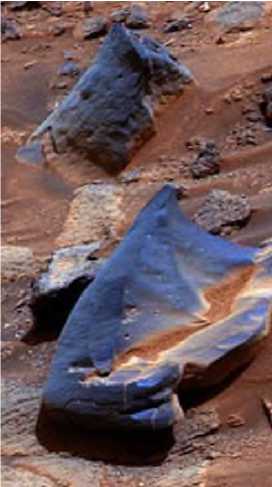
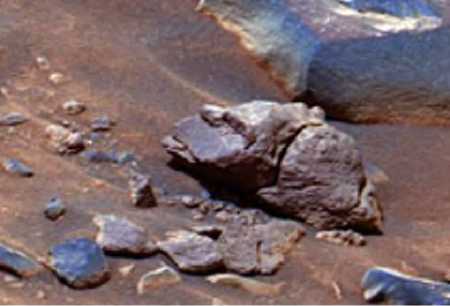
Photo3
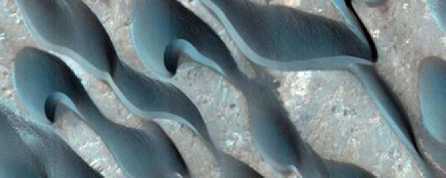
Photo4
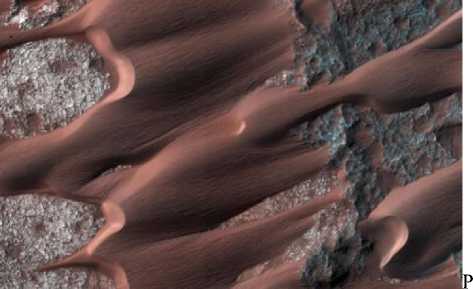
hoto5
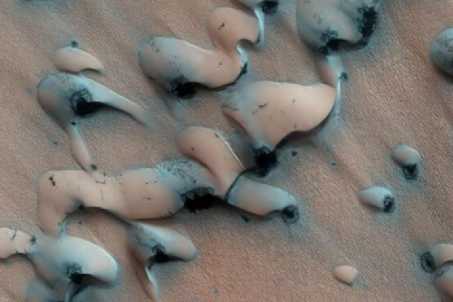
Photo6
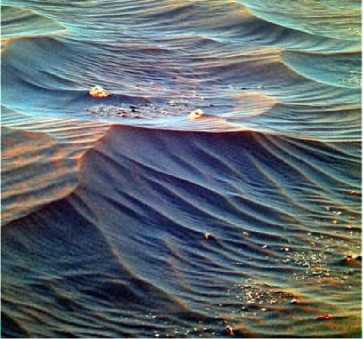
Photo7
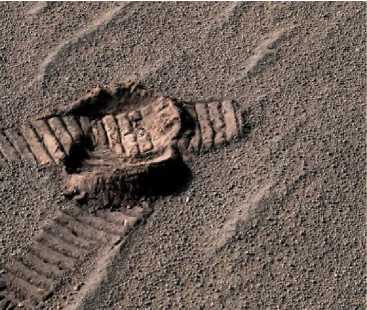
Photo8
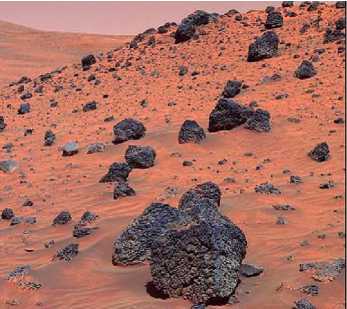
Photo9
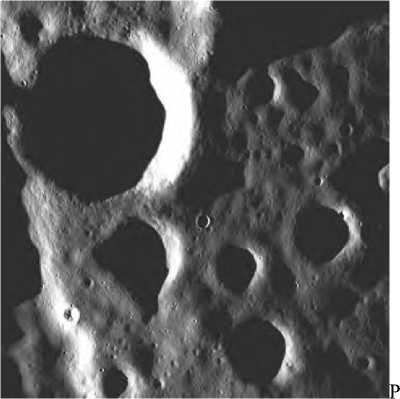
hoto10
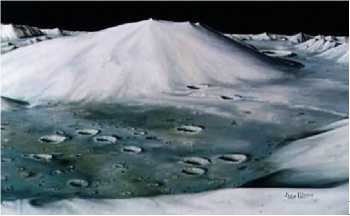
Phto11
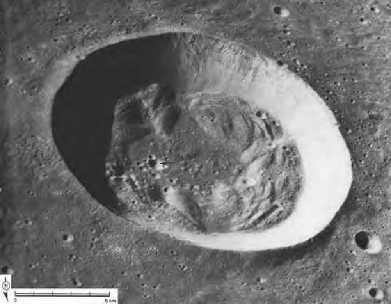
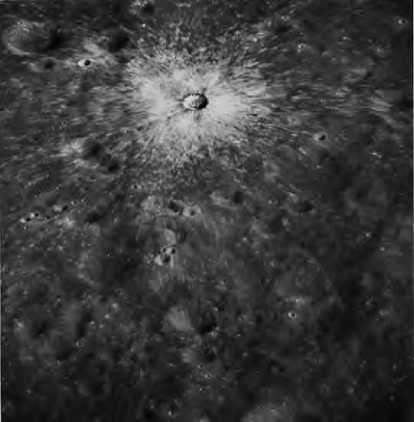
hoto13

hoto14

hoto15
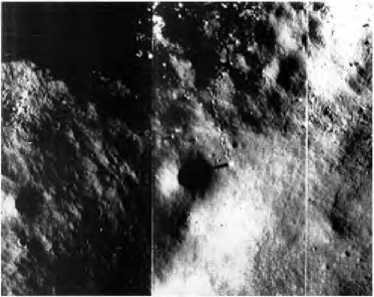
Photo16
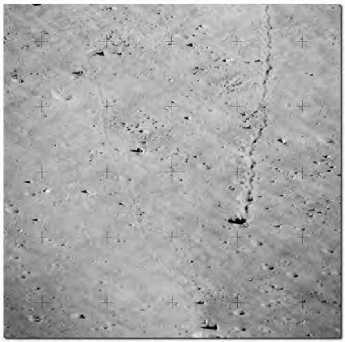
Photo17
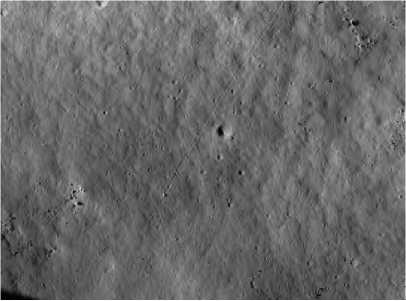
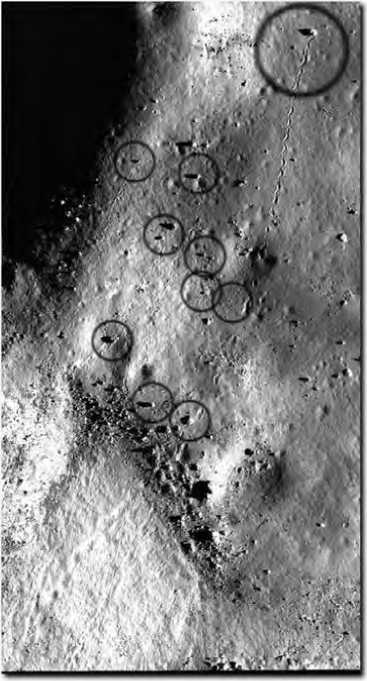
Photo19
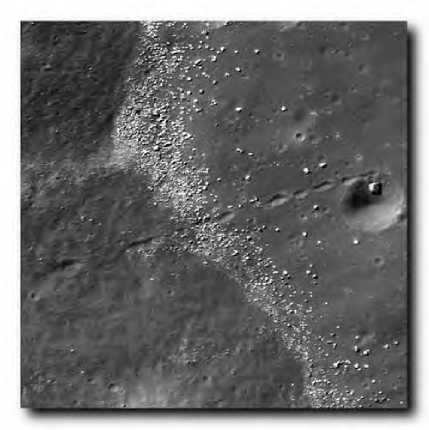
Photo20
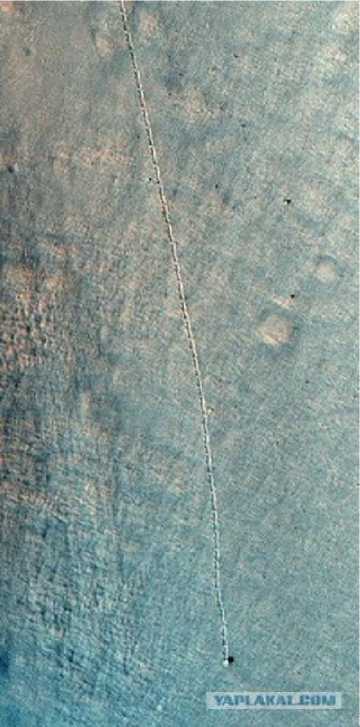
YAPt AKAI .CUM
hoto21
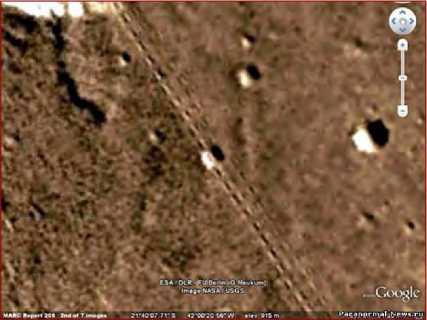
Photo22
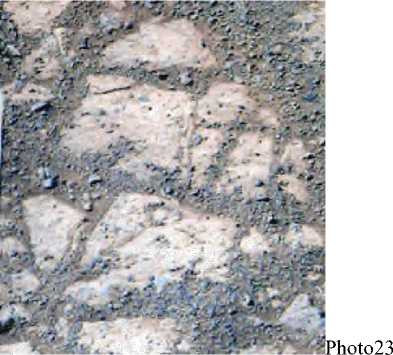
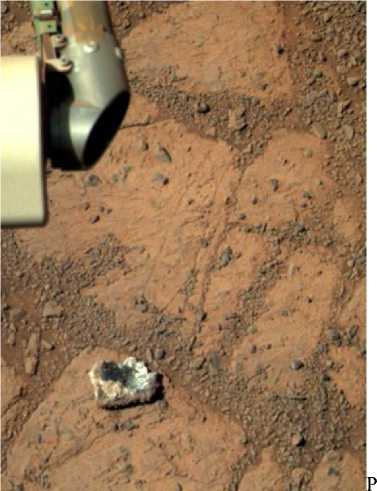
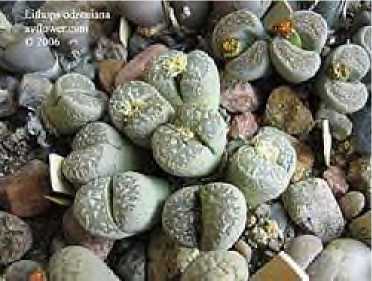
Photo25
Photo25
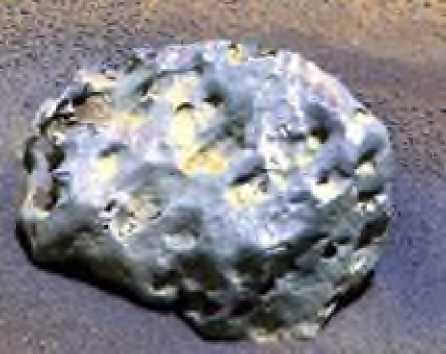
Photo26
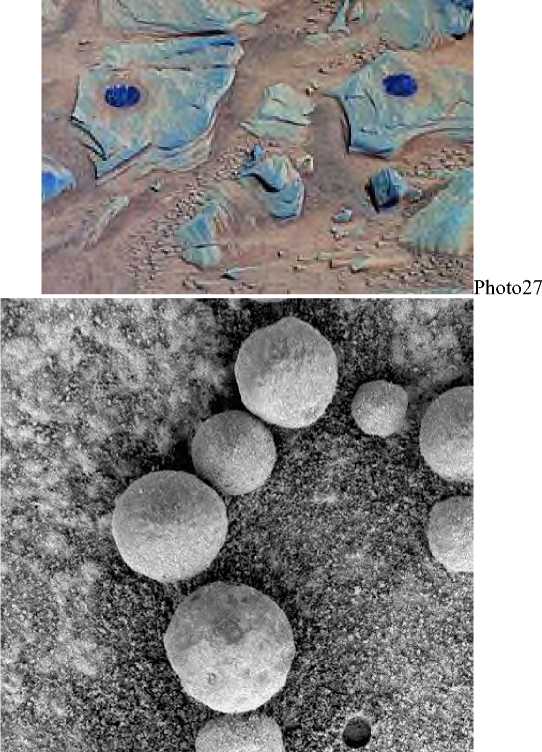
Photo28
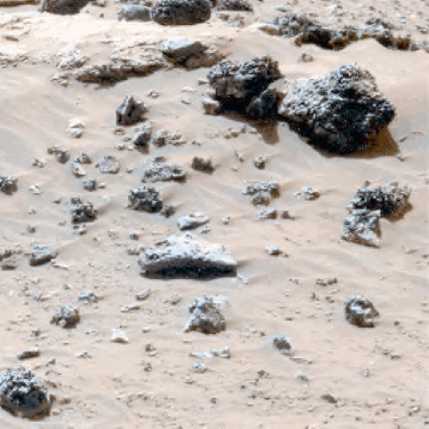
Photo29
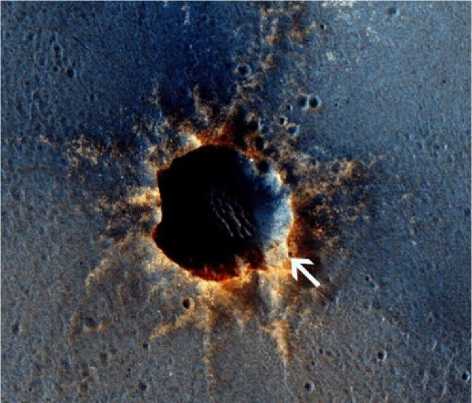
Photo30

Photo 31

Photo 32
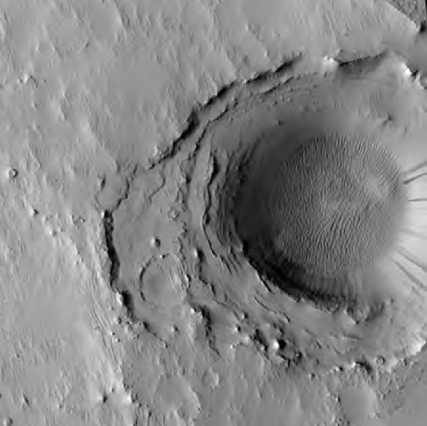
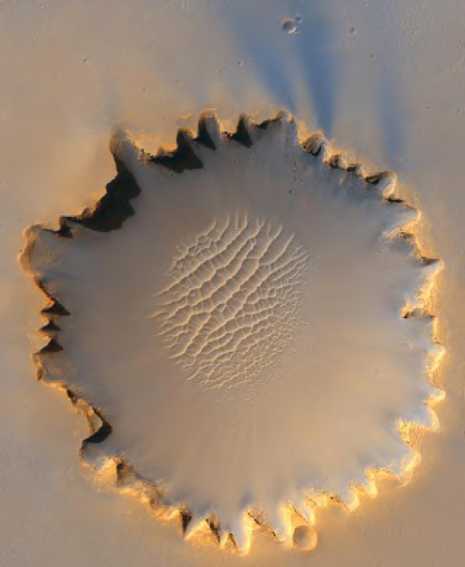
Photo34
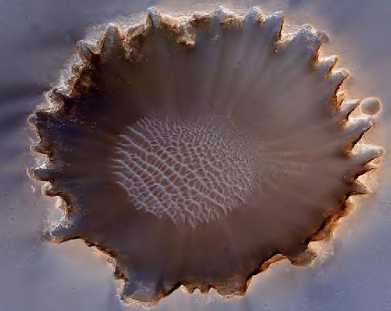
hoto35

Photo36
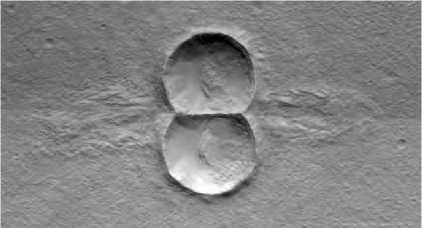
Photo37
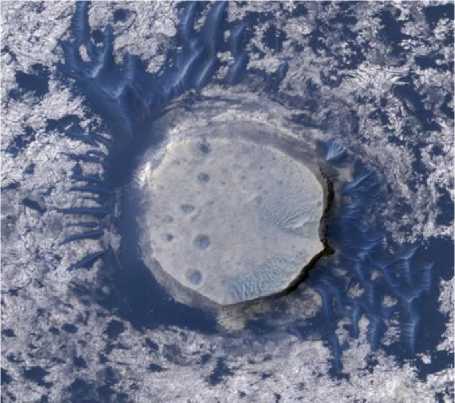
Photo38
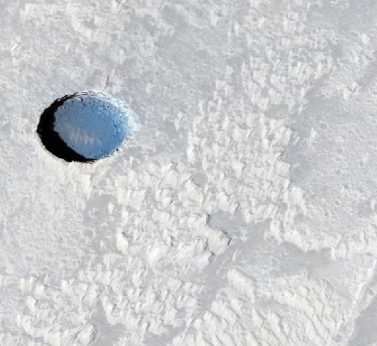
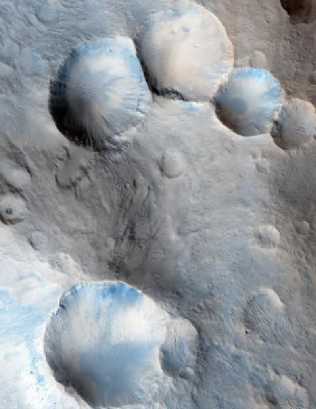
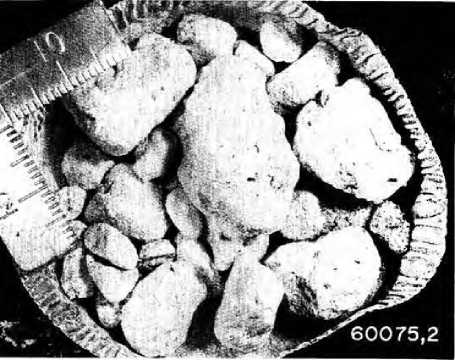
Photo 41
1. On the Moon there is no atmosphere, and on Mars it has smaller density and differs in structure from the atmosphere of the Earth. This results from the fact that in a blanket of these planets there are supermats, unlike Earth. Mats of space ether at collision with supermats reduce the velocity of movement, due to that the force of impulsation of mats of ether decreases, and the conditions for formation of atoms of the atmosphere worsen.
1. Anatoli Bedritsky ”Ether Theory of Construction of Matter of Universe”, Moscow, OOO “Lenand”, 2013, ISBN978-5-9710-0593-3 (in Russian).
2. Anatoli Bedritsky “Real Theoretical Physics”, Moscow, OOO “Lenand”, 2018, ISBN978-5-9710-3897-9 (in Russian).
3. Anatoli Bedritsky “New Theoretical Physics”. Published 1994 by A. Bedritsky in Netanya, Israel. Written in English. LC Classifications: QC20. B4 1994. Open Library OL936258M. LC Control Number 95237985